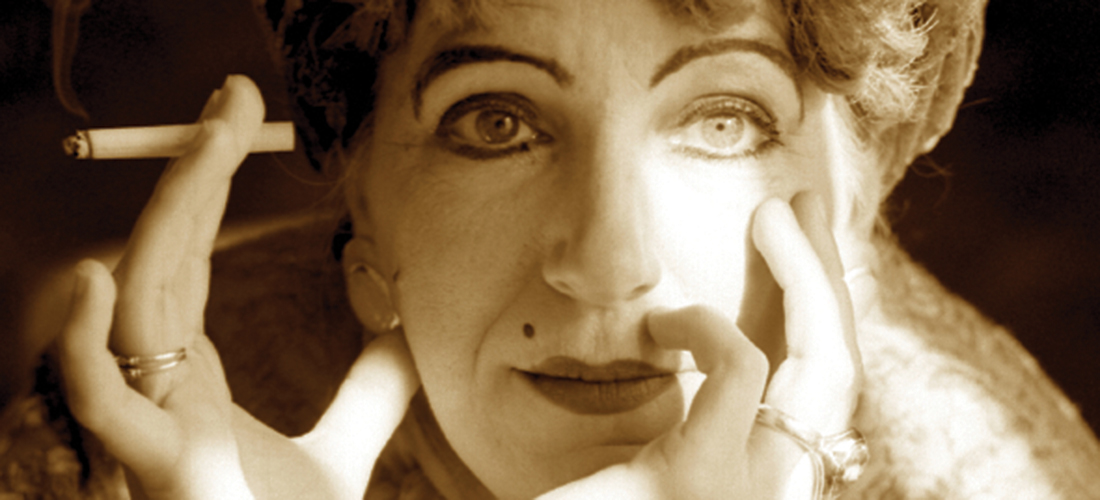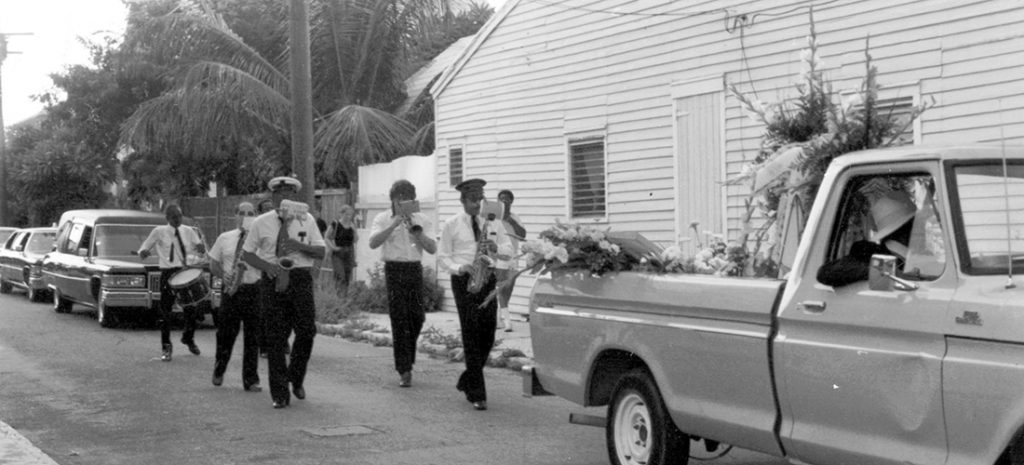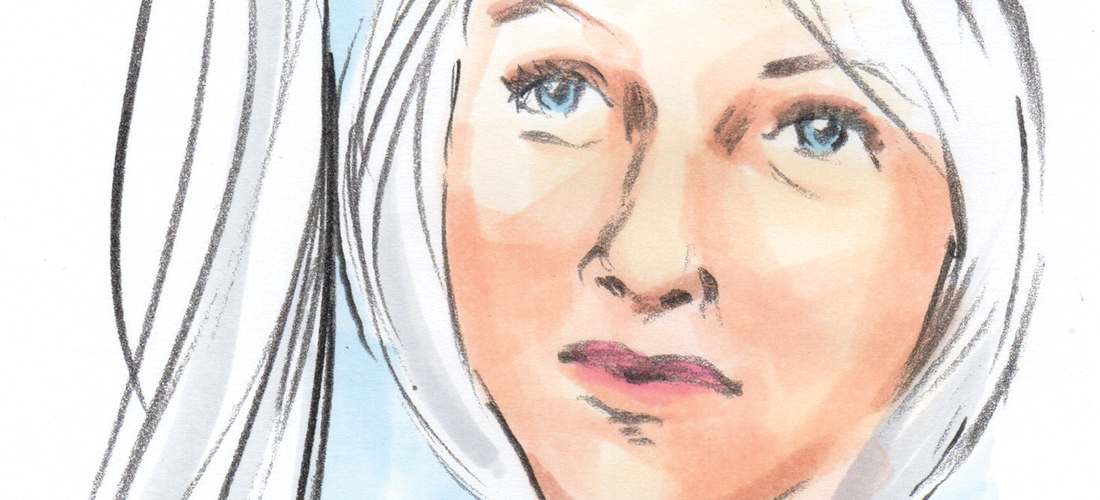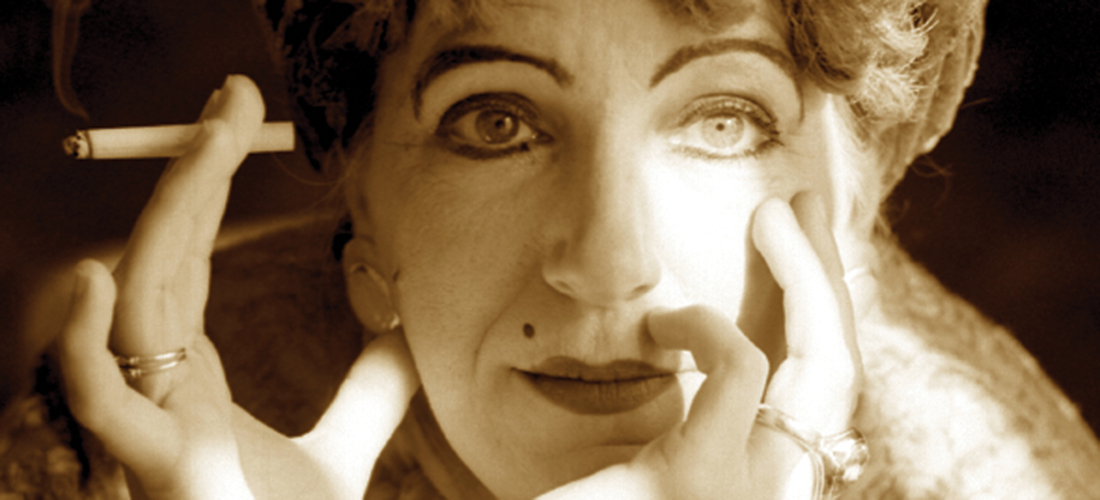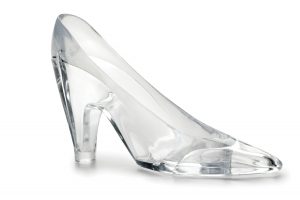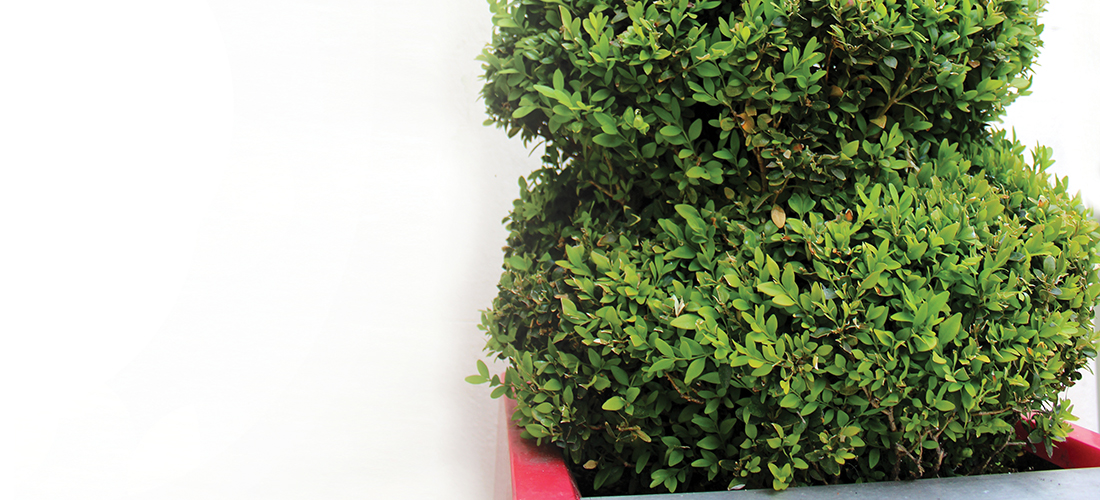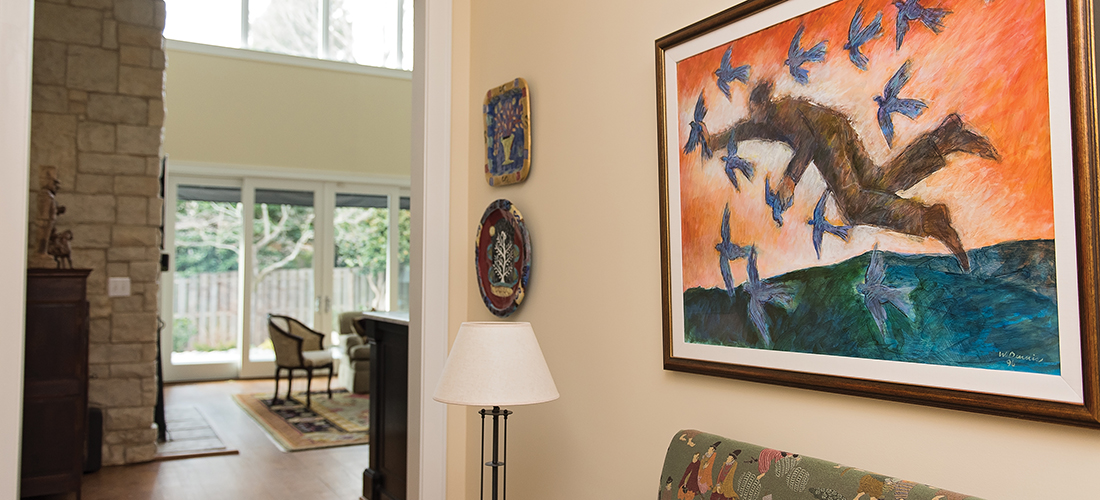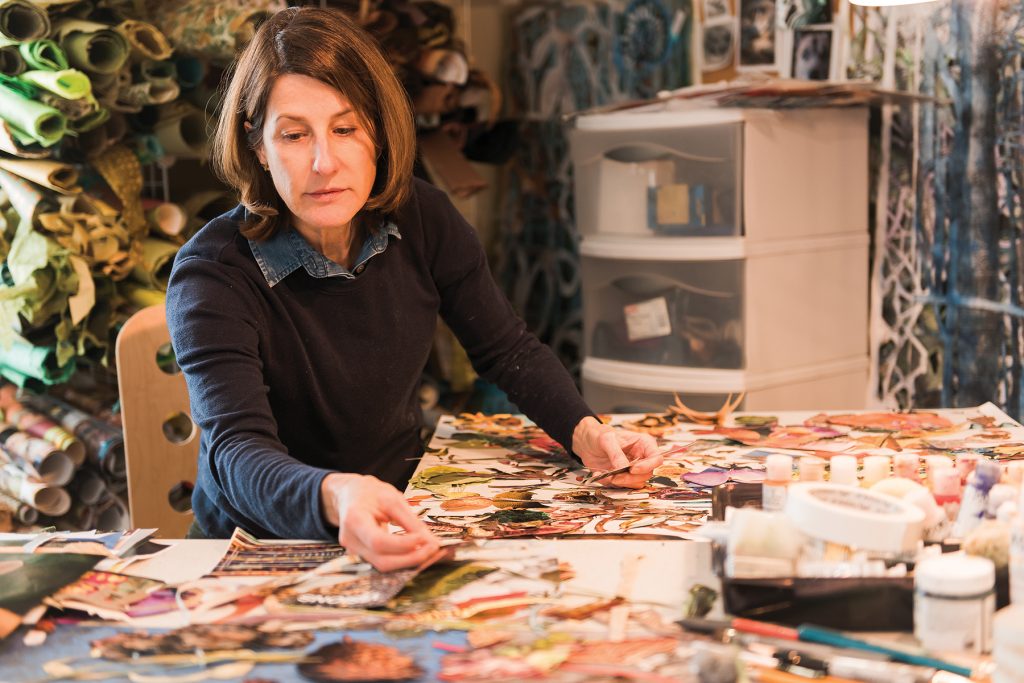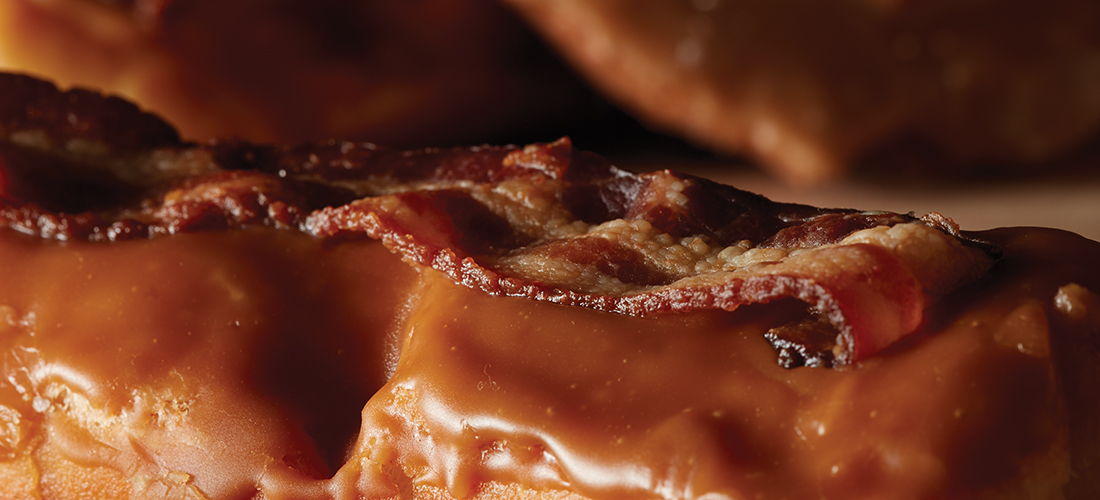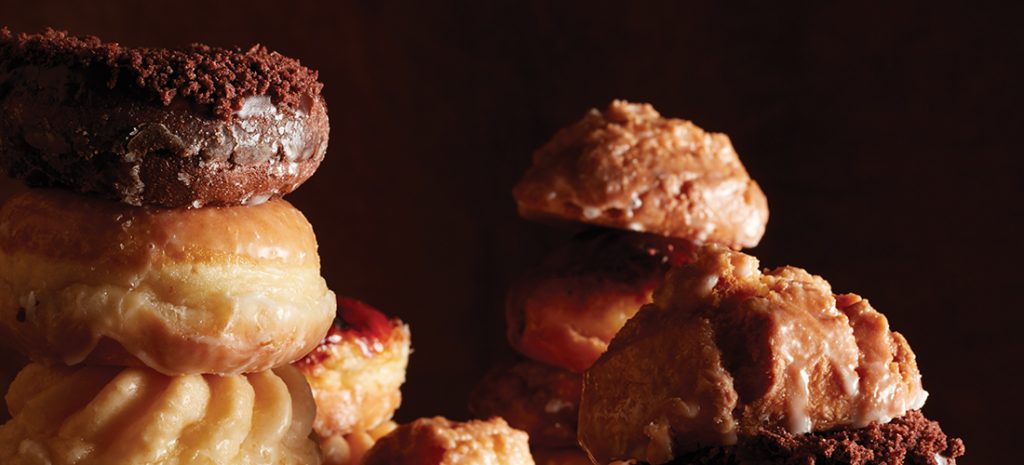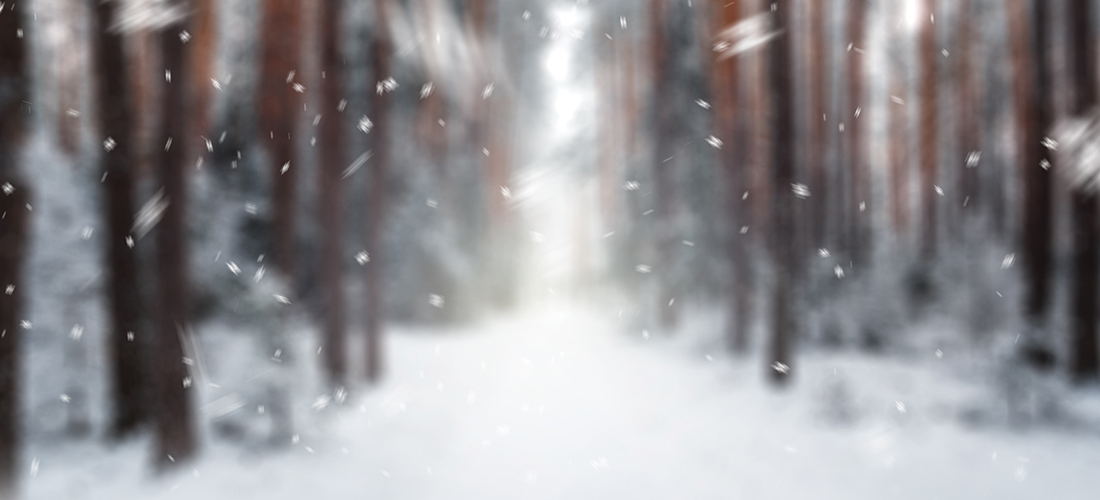The Accidental Astrologer
Surprise! Surprise!28
Forget the turnips, Pisces, because life’s about to turn around
By Astrid Stellanova
Time for March Madness and Gladness, Star Children! St. Paddy’s Day on the 17th, and then we give Ole Man Winter the boot on the 20th. Get green. Thaw out. Get on down. Shake the winter funk off and get your good time groove on, Wild Things.
Ad Astra — Astrid
Pisces (February 19–March 20)
Honey, times ain’t so bad. Don’t go all Scarlet O’Hara, scrounging in the dirt for turnips and cutting up the living room drapes. For your birthday, you have a consolation prize you are going to like. Oh, it’s a gen-u-ine humdinger, and faster than you can say twiddle-dee-dee, you get the biggest surprise in the tee-nine-siest package.
Aries (March 21–April 19)
You’ve outdone yourself recently, getting yourself prime placement in the Pissing-People-Off Hall of Fame. Have you lost your ever-loving marbles? Don’t try and blame all your woes on Jesus, carbohydrates and the mean girls on the cheerleading squad! This is a great year to come clean about the fact that you pitched a fast-ball that was just damn lucky and stop pretending it wasn’t a fluke. Go work on your game, Child.
Taurus (April 20–May 20)
Remember, class is subjective. Even paper towel can be called common white trash. But not only is that white trash useful, it absorbs a whole lot of other people’s spills. Don’t try and keep up with the Joneses, because, honestly, they are not all that and a pack of Nabs anyway. Your past does not define you.
Gemini (May 21–June 20)
Your self-mastery has taken a back seat to your need to know what all your closest friends are doing, where, and whoever they are doing it with. Throw it in reverse my Twin, and resist the urge to track your nearest and dearest like a bloodhound. You may feel insecure, but in the coming months you will get a boost that will make you wonder why that was ever true.
Cancer (June 21–July 22)
You have been laid up nursing a bad case of the poor pitifuls. Unsure how to get some perspective and back up on your feet? Here’s what you need to know. Honey, life hits us all hard. But you think you fall from some kind of a greater height than the rest of us, right? Not. At. All. The sun is about to break through the clouds, Sunshine.
Leo (July 23–August 22)
Sugar, everybody’s dee-lighted you are feeling in fine fettle. But, honestly, spell “overconfident.” A pack of dogs can chase a car and a fast one will dang nearly catch it, but not many of them can change gears and drive the thing. You have got a learning curve before you slide behind the wheel. Hit the books.
Virgo (August 23–September 22)
It’s been a dry spell for you in the social department. Don’t worry, dishes, no one did me either. But actually, you are about to have a good times breakthrough and you will be irresistible to somebody that used to give you the coldest of cold shoulders. Meantime, Poor Thing, you finally get credit long overdue.
Libra (September 23–October 22)
You’ve been working hard on an image that you privately consider to be artsy. There ain’t much distance between eccentric and crazy. And I don’t think anybody believes that wearing a beret makes you an artiste. In the meantime, be careful about leaning too much on a confidant that happens to have a very big mouth and a weak backbone.
Scorpio (October 23–November 21)
You share everything lately, dontcha? Especially the check. The road to frugality started out as a good thing and then you took a turn toward Crazy Town. Relax, Sugar. You have savings in the bank and more sense than most when it comes to turning a dollar. This month, splurge a little and live a lot.
Sagittarius (November 22–December 21)
You have the wattage of a very big star, but your lights went on low dim due to some mean-spirited body who always makes you feel a little foolish and a lot outclassed. Snap out of it, Sugar. They are envious of your God-given talents, and they wouldn’t bother to throw shade at you if they weren’t.
Capricorn (December 22–January 19)
Put that Sapphire-Chase-Supreme-Big-Spenders-Club plastic in the safe, put it under the floorboard, or just get the scissors out and cut it up. You know you didn’t need that new credit card, and nobody cares if it’s the same one that the Spending Hall of Famers pack in their wallets. You know it is a royal temptation, so skip the coronation.
Aquarius (January 20–February 18)
When Twain quipped that cauliflower is cabbage with a college education, Darling, he was thinking of your chief critic. Maybe this uppity someone is an alum of Cabbage College and now they think this makes them better than you. They can think again, Honey. You’ve got big talent and all they have got is a big head — of cabbage. So skip the Tom Dooley act and don’t go hanging down your (much nicer) head. OH
For years, Astrid Stellanova owned and operated Curl Up and Dye Beauty Salon in the boondocks of North Carolina until arthritic fingers and her popular astrological readings provoked a new career path.

